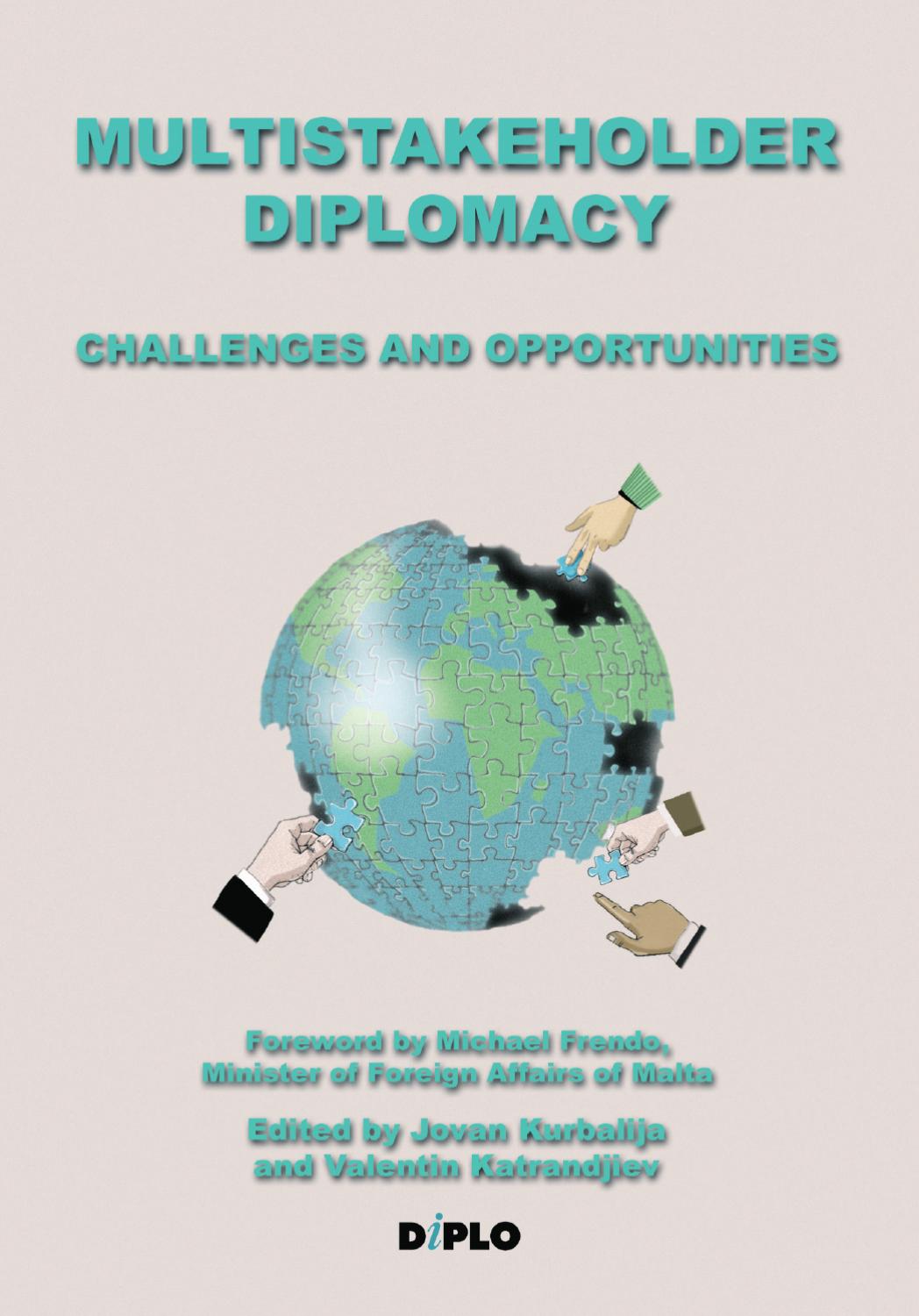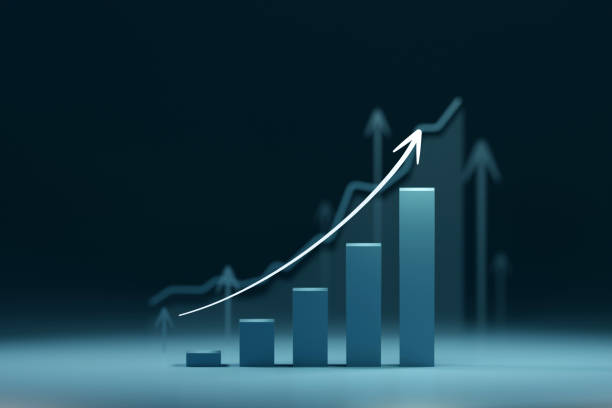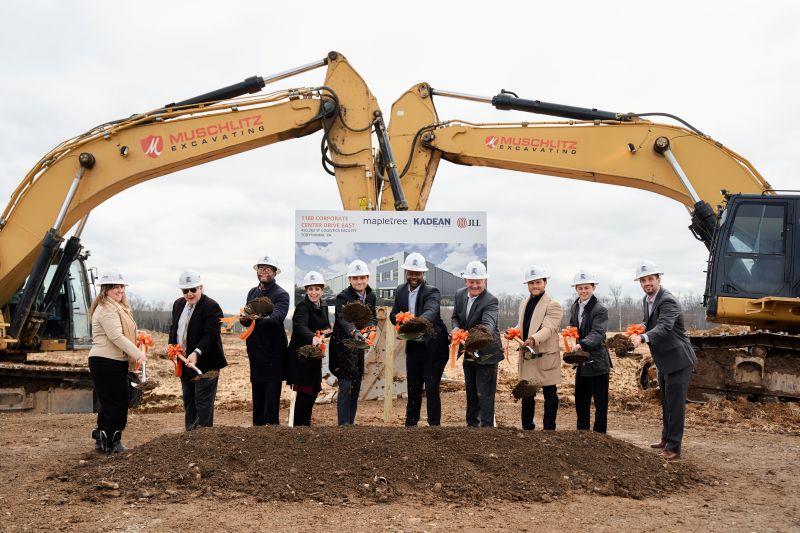Multilateral development banks at a crossroads – Diplomatic Courier

A Report on the Evolving Role of Multilateral Development Banks in Achieving the Sustainable Development Goals
Historical Context: MDB Contributions to Global Development
For several decades, Multilateral Development Banks (MDBs) were instrumental in advancing global development objectives that are now encapsulated within the Sustainable Development Goals (SDGs). Their historical impact includes:
- Infrastructure and Energy: The financing of major infrastructure projects, such as dams and power plants in post-war Europe, laid the groundwork for progress toward what is now SDG 9 (Industry, Innovation and Infrastructure) and SDG 7 (Affordable and Clean Energy).
- Poverty and Hunger Alleviation: Through targeted investments and large-scale initiatives like the Green Revolution, MDBs made significant contributions to reducing poverty (SDG 1: No Poverty) and combating hunger (SDG 2: Zero Hunger).
- Social Development: Investments by regional banks in education and health were foundational efforts supporting SDG 4 (Quality Education) and SDG 3 (Good Health and Well-being).
Contemporary Challenges in Advancing the 2030 Agenda
Today, MDBs face significant obstacles that hinder their ability to effectively support the 2030 Agenda. These challenges are evident across various institutions and regions.
- Financing Gaps and Private Sector Mobilization: A critical failure is the inability to bridge massive financing gaps. Africa’s annual infrastructure deficit of $68–$108 billion directly impedes progress on SDG 9. The African Development Bank’s struggle to attract private capital highlights a weakness in fulfilling SDG 17 (Partnerships for the Goals).
- Insufficient Scale Despite Modernization: The Asian Development Bank has aligned its operations with SDG 13 (Climate Action) and the Paris Agreement. However, despite reforms, it has failed to mobilize private investment at the scale required to address Asia’s $1.7 trillion annual infrastructure gap, undermining both SDG 9 and SDG 17.
- Governance and Institutional Effectiveness: Newer institutions like the Asian Infrastructure Investment Bank (AIIB) have not overcome the bureaucratic inertia of their predecessors. Weak private capital mobilization and concerns regarding accountability mechanisms, with many projects falling outside its oversight, raise questions about its commitment to SDG 16 (Peace, Justice and Strong Institutions).
Recommendations for Reinvention to Accelerate SDG Progress
To remain relevant and effective, MDBs require a fundamental reinvention focused on accelerating progress toward the SDGs. Key areas for transformation include:
- Strengthening Partnerships for the Goals (SDG 17): MDBs must prioritize the mobilization of private capital by expanding the use of blended finance, guarantees, and de-risking instruments. This is essential to unlock the trillions needed to finance the 2030 Agenda.
- Delivering Sustainable and Resilient Infrastructure (SDG 9 & SDG 11): Operations must become faster and more efficient to deliver “smarter, and greener” development, directly contributing to sustainable infrastructure and resilient communities.
- Addressing Global Crises through an SDG Lens: The mandate of MDBs must be boldly reimagined to tackle modern challenges, including climate change (SDG 13), pandemics (SDG 3), and unsustainable debt, which threaten progress across all SDGs. Their legitimacy now depends on their capacity to drive an ambitious, sustainable development agenda.
Analysis of Sustainable Development Goals in the Article
1. Which SDGs are addressed or connected to the issues highlighted in the article?
- SDG 1 (No Poverty): The article explicitly states that MDBs historically worked to “reduced poverty.” The ongoing need for development finance to address debt crises and fund essential services is directly linked to poverty alleviation efforts.
- SDG 2 (Zero Hunger): The text mentions the “Green Revolution, which transformed agriculture in India and Mexico” as a key achievement of MDBs, directly connecting their work to agricultural productivity and food security.
- SDG 3 (Good Health and Well-being) & SDG 4 (Quality Education): The article notes that the Asian and African Development Banks have historically “invested in education, health, and rural development,” linking their financing to these core social services.
- SDG 7 (Affordable and Clean Energy): The financing of “dams and power plants” by the World Bank is mentioned as a foundational activity, highlighting the role of MDBs in developing energy infrastructure.
- SDG 9 (Industry, Innovation, and Infrastructure): This is a central theme. The article focuses on MDBs financing “massive infrastructure projects” and highlights the current “infrastructure financing gap” in Africa ($68–$108 billion annually) and Asia (over $1.7 trillion annually).
- SDG 13 (Climate Action): The article points out that the Asian Development Bank is “aligning its operations with the Paris Agreement” and has become a “key climate financier.” It also frames climate change as a primary challenge that MDBs must address.
- SDG 16 (Peace, Justice, and Strong Institutions): The text raises governance issues, particularly regarding the Asian Infrastructure Investment Bank (AIIB), where “nearly half its projects fall outside its own accountability mechanism,” pointing to a need for more transparent and accountable institutions.
- SDG 17 (Partnerships for the Goals): The core argument of the article revolves around this goal. It calls for MDBs to “mobilize trillions in private capital,” “harness blended finance,” expand “co-financing,” and use “risk-sharing mechanisms” to bridge financing gaps, emphasizing the need for global partnerships.
2. What specific targets under those SDGs can be identified based on the article’s content?
- Target 9.1: Develop quality, reliable, sustainable and resilient infrastructure, including regional and transborder infrastructure, to support economic development and human well-being. The article’s entire discussion on the massive infrastructure gaps in Africa and Asia directly relates to this target.
- Target 17.3: Mobilize additional financial resources for developing countries from multiple sources. The article’s central plea for MDBs to “mobilize private investment at scale,” “harness blended finance,” and “expand guarantees” is a direct call to action for this target.
- Target 13.a: Implement the commitment undertaken by developed-country parties to the United Nations Framework Convention on Climate Change to a goal of mobilizing jointly $100 billion annually by 2020 from all sources to address the needs of developing countries. The mention of the Asian Development Bank’s “$100 billion capital adequacy reforms” and its role as a “key climate financier” aligns with this target.
- Target 1.a: Ensure significant mobilization of resources from a variety of sources… to implement programmes and policies to end poverty in all its dimensions. The historical context of MDBs reducing poverty and the current need to overcome debt crises to fund development are linked to this target.
- Target 16.6: Develop effective, accountable and transparent institutions at all levels. The critique of the AIIB’s governance, where projects lack accountability, and the general reference to MDBs’ “sclerotic bureaucracies” highlight the importance of this target.
3. Are there any indicators mentioned or implied in the article that can be used to measure progress towards the identified targets?
- Indicator 17.3.1 (Additional financial resources mobilized for developing countries from multiple sources): This is explicitly referenced through the monetary values mentioned in the article. The “$68–$108 billion” annual infrastructure financing gap in Africa and the “$1.7 trillion” annual gap in Asia serve as metrics for the scale of resources that need to be mobilized. The call to attract “private capital” is a direct reference to this indicator.
- Indicator 9.a.1 (Total official international financial flows to developing countries for infrastructure): The article is centered on the financial flows from MDBs for infrastructure. The discussion of sovereign loans, private capital mobilization, and co-financing schemes are all components of this indicator. The failure to “mobilize private investment at scale” is an implied negative measure of progress.
- Indicator 13.a.1 (Mobilized amount of United States dollars per year… accountable towards the $100 billion commitment): The reference to the Asian Development Bank’s “$100 billion capital adequacy reforms” and its status as a “key climate financier” implies the measurement of financial flows dedicated to climate action, which is the essence of this indicator.
- Indicator 16.6.2 (Proportion of the population satisfied with their last experience of public services): While not directly mentioned, this indicator is implied through the critique of MDBs. Descriptions like “sclerotic bureaucracies” and “sluggishness” suggest institutional inefficiency, which would lead to low satisfaction among the countries and partners they serve. The concern that nearly half of AIIB’s projects “fall outside its own accountability mechanism” implies a failure to meet institutional performance standards.
4. SDGs, Targets, and Indicators Summary
| SDGs | Targets | Indicators |
|---|---|---|
| SDG 9: Industry, Innovation, and Infrastructure | 9.1: Develop quality, reliable, sustainable and resilient infrastructure. | Implied Indicator 9.a.1: The article discusses the total financial flows from MDBs for infrastructure and highlights the massive financing gaps in Africa ($68–$108 billion) and Asia ($1.7 trillion). |
| SDG 17: Partnerships for the Goals | 17.3: Mobilize additional financial resources for developing countries from multiple sources. | Indicator 17.3.1: The article’s core argument is the need to “mobilize trillions in private capital” and “harness blended finance,” directly referencing the measurement of additional financial resources. |
| SDG 13: Climate Action | 13.a: Implement the commitment to mobilize $100 billion annually for climate action. | Indicator 13.a.1: The ADB’s “$100 billion capital adequacy reforms” and its role as a “key climate financier” point to the measurement of financial flows for climate mitigation and adaptation. |
| SDG 16: Peace, Justice, and Strong Institutions | 16.6: Develop effective, accountable and transparent institutions. | Implied Indicator 16.6.2: The critique of “sclerotic bureaucracies” and the AIIB’s lack of an “accountability mechanism” for many projects implies a measure of institutional performance and satisfaction. |
| SDG 1: No Poverty | 1.a: Ensure significant mobilization of resources to implement policies to end poverty. | The article’s historical reference to MDBs having “reduced poverty” and the current need for financing to overcome debt crises implies a focus on resource allocation for poverty reduction programs. |
Source: diplomaticourier.com

What is Your Reaction?
 Like
0
Like
0
 Dislike
0
Dislike
0
 Love
0
Love
0
 Funny
0
Funny
0
 Angry
0
Angry
0
 Sad
0
Sad
0
 Wow
0
Wow
0



















































.jpg.webp?itok=0ZsAnae9#)

























